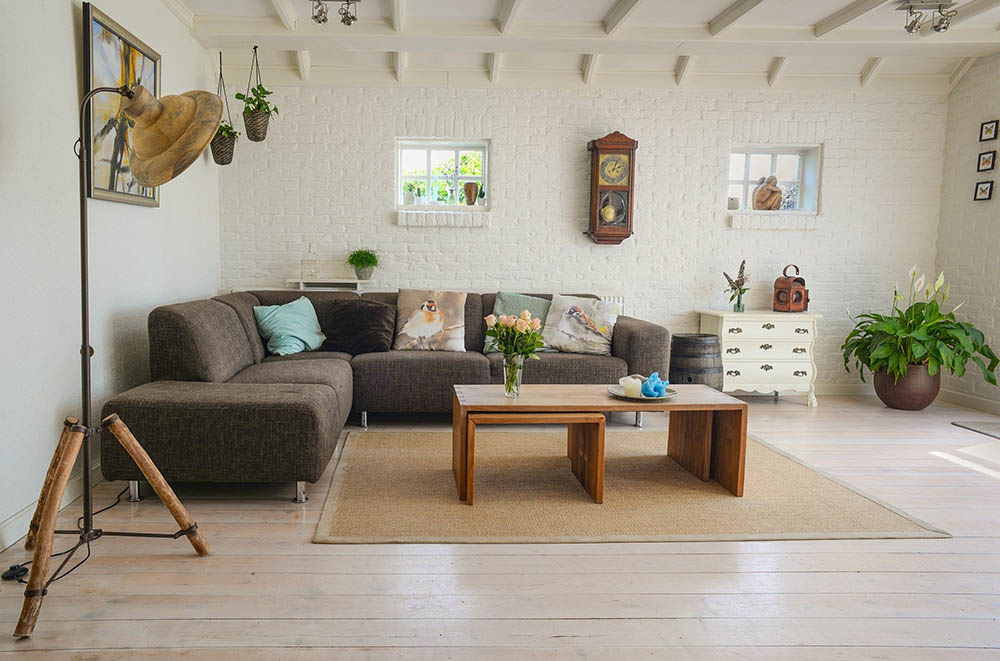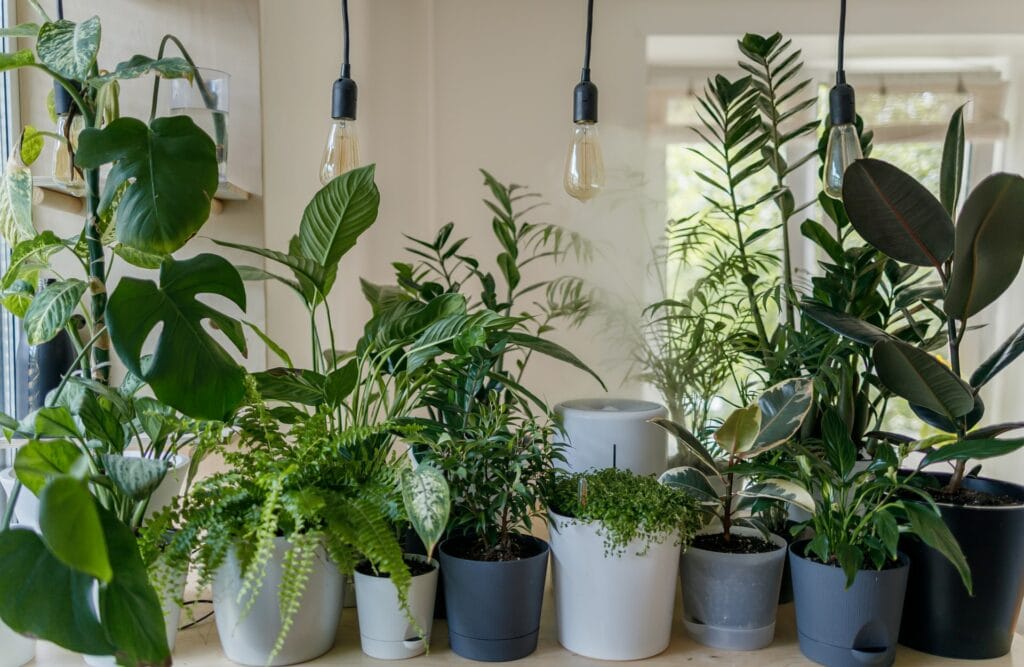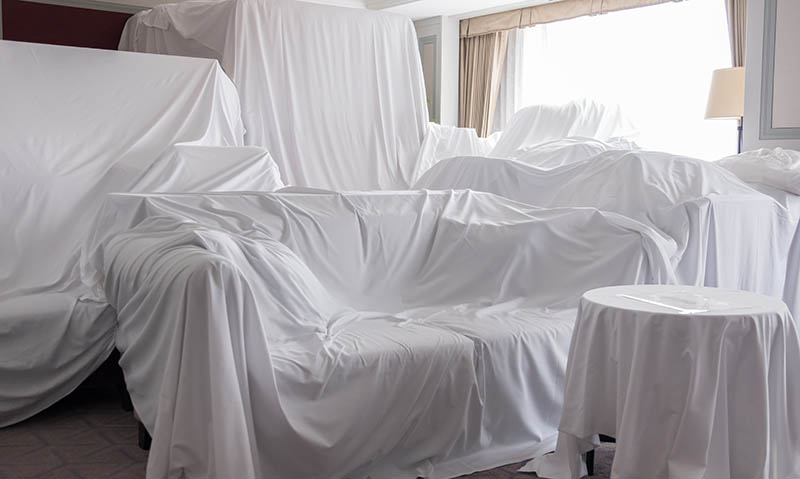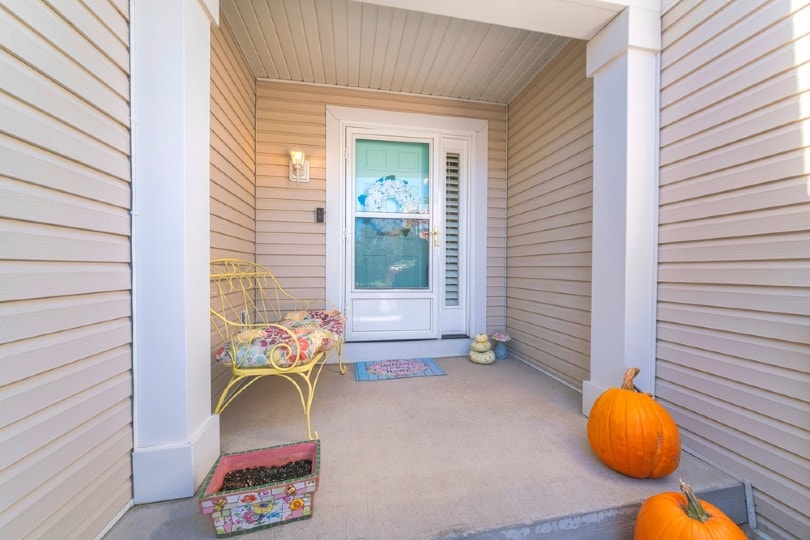How to Use an Ozone Generator at Home: 9 Tips & Tricks
-

- Last updated:

Sometimes your home has a smell that you just can’t get rid of. Perhaps the last occupants were heavy smokers and the smell permeated the walls, and you can’t find anything that works at getting it out.
This is where something like an ozone generator might come in handy, but it’s not something that most homeowners have experience using. This guide will walk you through everything that you need to know to effectively use an ozone generator in your home.

What Is an Ozone Generator?
While the inner workings of an ozone generator are quite complicated, it is easy to understand the results. Ozone generators eliminate odors and pollutants in the air and do an especially great job in enclosed spaces, like a car or home.
However, ozone can be extremely dangerous to people and pets, even in small amounts. Therefore, you need to ensure that you follow all the necessary safety precautions when using an ozone generator in your home.

The 9 Tips for Using an Ozone Generator at Home
Now that you know what an ozone generator is and its safety concerns, it’s time to learn how to safely use one in your home. Follow all these tips to keep yourself and your family safe.
1. Leave the Home
Ozone generators do a great job of cleaning up odors, but the ozone itself can be dangerous to living things. You should always leave your home before using an ozone generator. This is even if you only plan on using it in a single room.
It’s not worth the risk to your health, so keep yourself and the rest of your family safe by taking a weekend away and staying out of the house when using an ozone generator.

2. Get the Pets Out
Not only do you need to leave the home when using an ozone generator, but you also need to get all the pets out of the house. Dogs, cats, reptiles, and any other pets can’t handle ozone either, so get them out before using one of these generators.
Even if you plan on using an ozone generator in a single room and sealing it off, it’s not worth the risk to their health.
3. Remove the Plants
Considering how harmful ozone is to humans and animals, it’s no surprise that it can also have harmful effects on plants. While you can do your best to cover your plants, if any ozone slips through, you might come back home to dead plants.
If you want to ensure that they all stay alive and healthy, it’s best to remove them from the house while you’re using an ozone generator.

4. Run It for 30 Hours
While you can run an ozone generator for less time, if you want the best possible results for your entire home, you should run an ozone generator for 30 hours.
Due to this lengthy runtime and the time that you need to wait after it shuts off before reentering your home, it’s a good idea to plan a whole weekend away if you want to use an ozone generator in your home.
5. Cover Items
Be sure to cover fabrics, rubber objects, metal objects, cushions, carpets, and artwork to prevent discoloration from the ozone.
This is also a limitation for ozone generators. While they can help eliminate odors throughout the house, since you must cover fabrics and furniture, any odors in these items will likely remain.
You can use an ozone generator without covering these things, but you might discolor them in the process.

6. Clean the Ozone Generator
If you don’t know the last time that anyone cleaned the ozone generator that you’re using, you should do it yourself before using it. You don’t need to get super involved in the cleaning process, but you should at least clean out the collector plate.
The collector plate of an ozone generator should be cleaned out every 2 to 6 months, depending on how often you use the generator.
7. Seal Off Rooms
If you don’t plan on using the ozone generator throughout your entire home and just want it for a specific room, you need to seal off the room to keep the ozone from going anywhere else.
You need to seal around the doorframe, windows, vents, and anywhere else the ozone can escape. But just because you’re sealing off the room, that doesn’t mean you can stay in the home. Play it safe, and leave the house for the entire time that the ozone generator is working.

8. Keep Humidity Away
Excessive humidity can cause the inside of an ozone machine to arc, which can destroy the machine. Do your best to run an ozone generator in a low-humidity environment.
While the machine arcing is really only an issue in extremely humid environments, it’s a serious enough problem that you should always take it seriously and try to keep the humidity level around the machine as low as possible.
9. Wait 4 Hours to Come Home
Whether you run the ozone generator for 4 hours or 30 hours, you need to wait 4 hours after it stops running before reentering the house. It can take the ozone anywhere from 30 minutes to 4 hours to turn back to oxygen after the machine stops running.
Since you don’t know exactly how long it’s going to take in your home, it’s best to play it safe and wait the full 4 hours so you know you’re safe.


Final Thoughts
Now that you know more about ozone generators and how to use them in your home, all that’s left is for you to get everything that you need and schedule your weekend getaway. While it’s a bit of a hassle, you’ll soon have a great-smelling home that you couldn’t achieve any other way.
Featured Image Credit: Red_Shadow, Shutterstock
Contents
